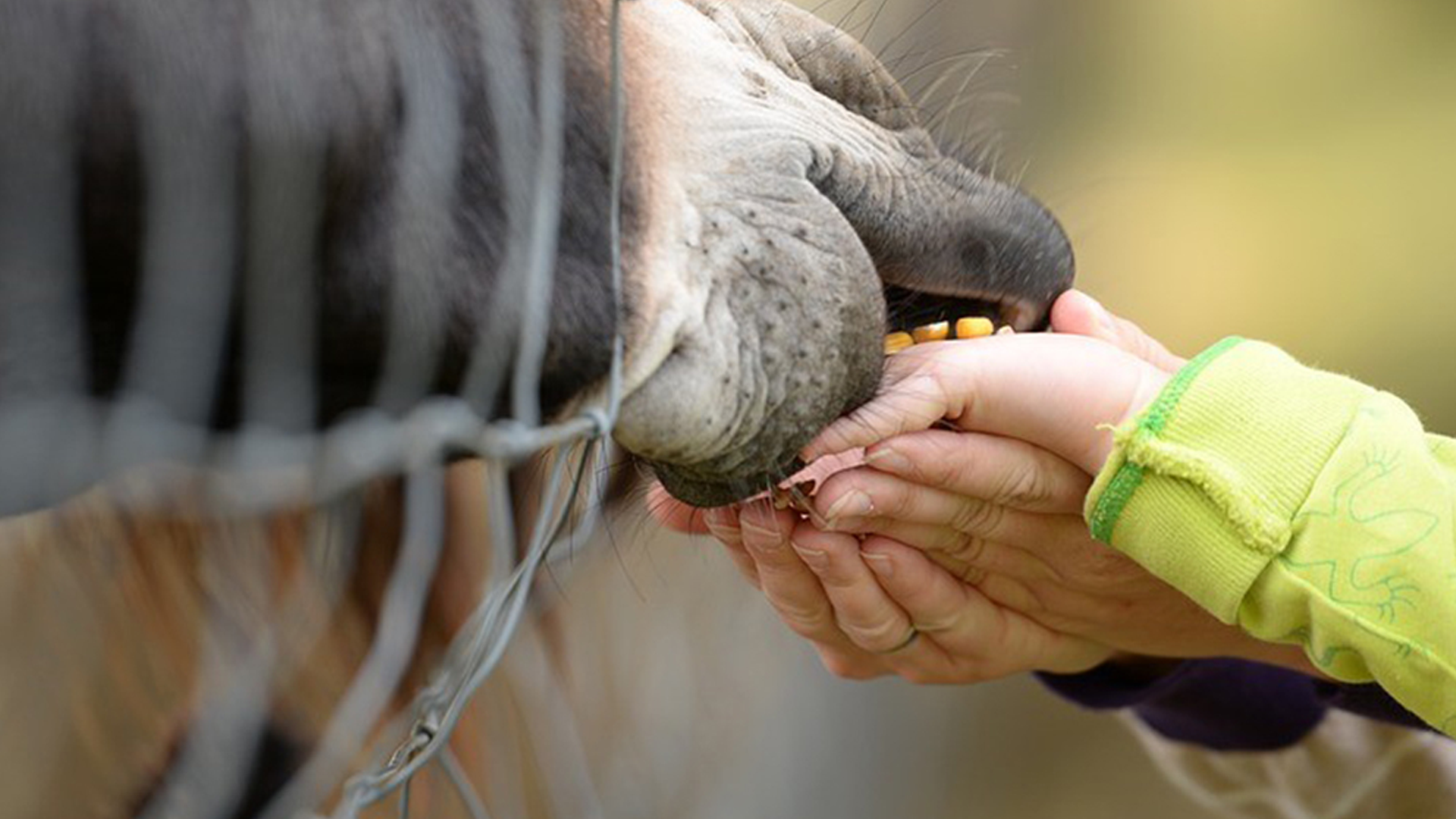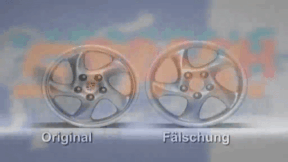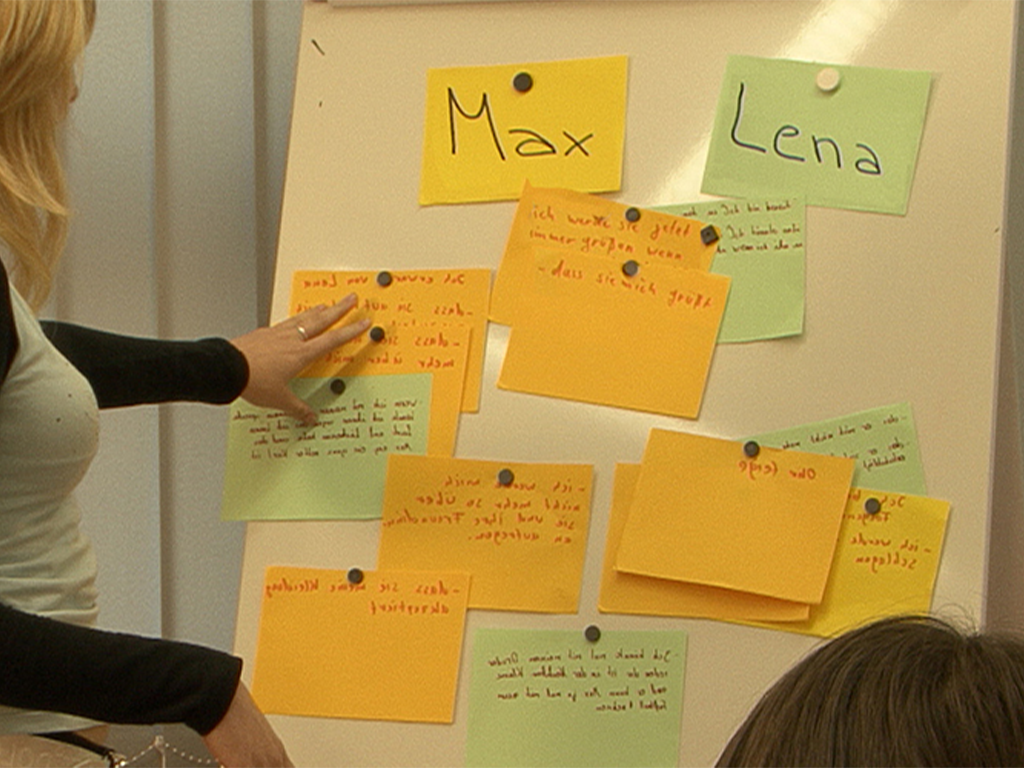 Primary School
Primary School


4677064 / 5564359
Zoo Learning
Brown Bear, Wolf and Eagle Owl
Seeing animals close up on a trip right in the middle of the city – this is possible on a visit to the zoo.
There we can see many animals that cannot be found in the wild around here as a rule.
From small to large, dangerous animals, harmless animals, and some you can stroke.
Animals that attract attention through their outward appearance and those that are difficult to see in their environment.
In the zoo, the animals are kept in enclosures. In this way you can see them close up and they cannot pose any risk to people.
In Munich, the chimpanzees live in a large outdoor enclosure which has been recreated amazingly similar to their natural home.
Zenta and Seppi are enjoying their food and watching the visitors.
Chimpanzees are the closest relatives of humans.
Mammals have the same body temperature all the time, whether they live in cold or hot climates.
Most mammals are land animals but some have also adapted to life in water. The front and hind legs of seals, for example, have become flippers in the course of their evolution.
Other mammals live in the air.
With the folds of skin stretched between their front and hind legs, bats and flying foxes, for example, can fly.
Mammals on land move around in three different ways:
Plantigrades:
They walk with the entire sole of the foot flat on the ground.
The digitigrades walk solely on their toes. That is the way a lynx walks, for example.
Then there are the unguligrades, which move around on the tips of their toes only. Among them is the ibex, for example.
There are about 6,600 different mammal species. For more detailed information, see here: https://worldanimalfoundation.org/advocate/how-many-animals-are-in-the-world/
They are the most advanced vertebrates of all species. In the course of evolution the brain, in particular, has developed greatly.
The biggest mammal in Europe is the wisent. It reaches a height of up to two metres and a weight of up to 450 kilos.
The wisent, a breed of cattle which is related to the American bison, is a good example of the useful work of the zoo, because it was already considered extinct.
In the twenties there were only a few animals living in zoos.
Protected by the zoo, the animal population could recover and today, there are again more than 1,000 animals.


Curriculum-centred and oriented towards educational standards
Matching
Podcasting
Today, the use of new media has become a matter of course not only in everyday life – schools and teaching, too, benefit from the new technologies and methods, which support active and independent learning. Especially in computer science, ethics and language courses but also in all other subjects, modern media are a valuable pedagogic and didactic asset. This DVD uses the example of podcasts to demonstrate how the possibilities opened up by new media can be applied in the classroom and how the pupils can be taught to handle them in a competent and target-oriented manner. The film is aimed at supporting the use of podcasts at school and encourages making them. This also requires the ability to find information on the Internet and assess it. The film informs on the functionality of podcasts and technical background as well as on the teaching and learning possibilities offered by podcasts – ranging from specific contents to superordinate learning targets such as the advancement of creativity and team spirit. The DVD is a useful support for teachers applying new media and wishing to show their pupils how to handle Running Time: 20:29 ms them in a sensible way.
Product Piracy
Counterfeiting takes place in almost all economic sectors – textiles, watches, car parts, machine parts, tools, accessories, software and medicines. Some counterfeits are easy to recognise, others are so well-executed that even experts have difficulty distinguishing between original and imitation. This DVD covers the development of a product from idea to manufacture. Once a product has become a trademark, product pirates appear on the scene.
Peer Mediation
Lena and Max attend the 7th form. Max is new in class. During a break, Max notices that Lena and her friend are laughing at him again. Max loses his temper! He slaps Lena in the face. That hurts and Lena runs back into the classroom with a red cheek. The growing conflict between the two has escalated. Just like Lena and Max, every day pupils all over Germany have rows with each other. At the Heinrich Hertz Gymnasium in Thuringia, pupils have been trained as mediators for years. At set hours, they are in a room made available by the school specifically for mediation purposes. The film describes the growing conflict between Max and Lena and shows a mediation using their example. In doing so, the terms “conflict” and “peer mediation” are explained in a non-technical way. The aims of peer mediation and its progress in five steps as well as the mediators’ tasks are illustrated. The art of asking questions and “mirroring”, which the mediators must know, is described and explained. Together with the comprehensive accompanying material, the DVD is a suitable medium to introduce peer mediation at your school, too.









